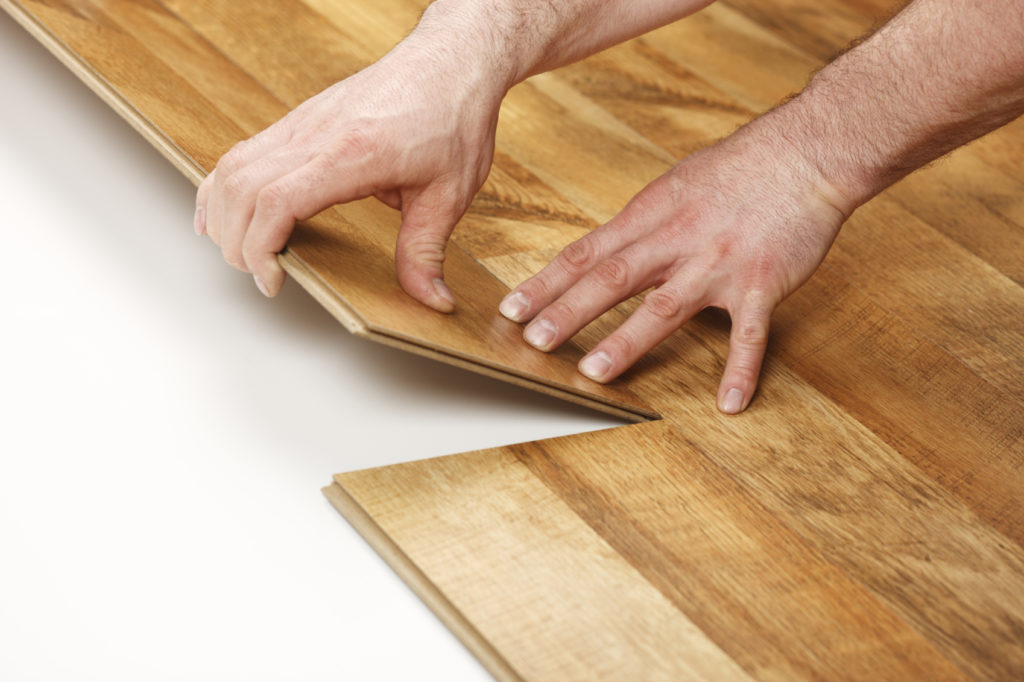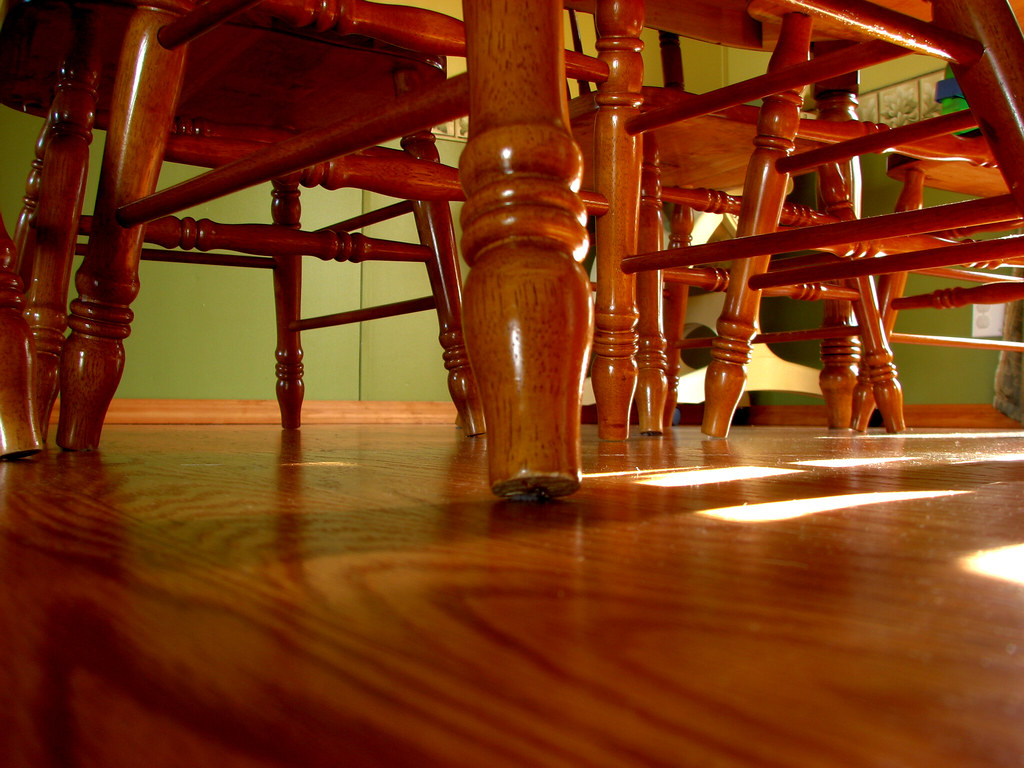If you’re installing hardwood floors in your home, you have some decisions to make. Different types of wood floors are available, with various kinds of wood, installations, and patterns offering all sorts of choices—from planks you can stain with the color you want to easy-to-install prefinished boards.
Types of wood floors
Oak remains the most popular choice for flooring, but other species of wood, such as maple, fir, walnut, birch, cherry, and beech are also enjoying a surge in popularity. Another popular choice is bamboo, which grows fast and is therefore considered more eco-friendly than other wood floorings.
Installation types for wood floors
Once you’ve decided on a type of wood floors, you will find it comes in three basic installation types:
- Strips: narrow tongue-and-groove boards cut in random lengths
- Planks: tongue-and-groove boards that come in various widths as well as random lengths
- Wood tile: most often patterned and laid in geometric patterns in a parquet style
You may also come across “floating” floor systems that have several veneered strips on top of a tongue-and-groove backing board.
Wood flooring may be factory prefinished or unfinished, with the latter sanded and finished after it is put in place. Most hardwood floor types and woods can be refinished. But a floating system—because it is veneer over backing—is finished in the factory as the boards are being made; it can’t be refinished.

The Pros
The first advantage of a hardwood floor is the look. A classic hardwood floor creates a warm décor, and it also feels good under your feet. Most homeowners and buyers will agree that wood floors are beautiful and much more attractive than tile or carpet.
In addition to a wood floor’s warm look and feel, most homeowners find it easier to match the furniture with it than with carpet. Wood is neutral, whereas carpet requires you to deal with a color palette.
The greatest advantage of hardwood flooring is that it is easy to clean and maintain. While spills and stains on a light-colored carpet can be a disaster, on a hardwood floor you can simply wipe them away. You can sweep or vacuum a wood floor anytime, and you can wash it regularly without damaging it or wearing it out. Hardwood floors can also be sanded and refinished multiple times, which means that every 10 years or so you can repair any scratches and restore the floor’s good-as-new glow.
Finally, if you or your family members have allergies, you will really appreciate that wood floors don’t trap dust and irritants the way carpets do. Once you sweep or vacuum, you’ll know just by looking at your floorboards that they are clean and dust-free.

The Cons
The biggest problem with hardwood floors is that they’re vulnerable to moisture and humidity. Even a small amount of moisture can deteriorate the wood, so you need to be careful to mop up spills fast and, if you have a leak, get it fixed fast.
The worst type of damage to wood floors can come from a leak that penetrates between the boards and the subfloor. This can happen—and go unnoticed for a long time—if a pipe bursts ever so slightly and water leaks down inside a wall and flows into the flooring. Because of this, you should not put a wood floor in your bathroom or laundry.
Some finishes on hardwood scratch easily. High-heeled shoes and pet’s sharp claws can leave dents and scratches. But if you finish your floors with one of the modern, hard-poly finishes, you will have fewer problems than if you use shellac. On the flip side, if the polyurethane coating gets damaged, you’ll need to refinish the whole floor.
Another disadvantage of a hardwood floor is noise. When you walk on it, especially with hard leather boots and shoes, the steps can be loud, although you can mitigate this concern by using area rugs.
For most people, the biggest drawback to a hardwood floor is the initial price. A real hardwood floor can be expensive, with the cost of the boards and planks added to the price of hiring a professional to install them. This concern can be offset by the fact that hardwood flooring requires very little upkeep and will last for centuries in most cases.
If you are thinking of installing a wooden floor of any type, consider the expense as an investment in your home. It will add a lot of value whenever you decide to sell. While wood is more expensive than other flooring types (with a large, upfront cost), it will almost definitely add back more value to the home than what you spend on the boards.
We hope that this guide will help you decide what kind of flooring you want to have installed in your home. Share your thoughts in the comments below!

Leave a Reply